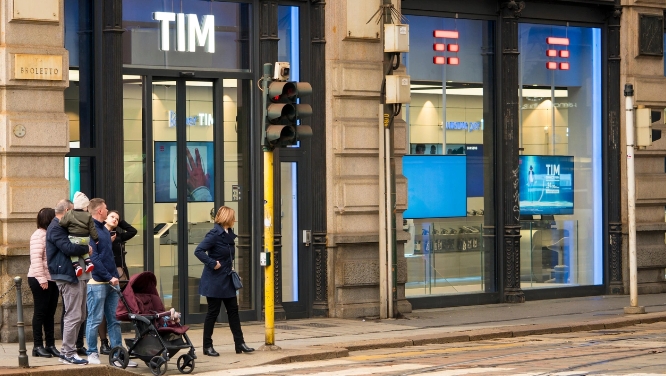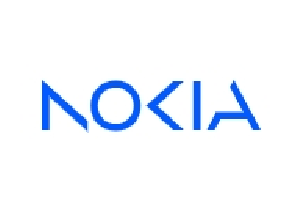Meta unveils Project Waterworth subsea cable initiative
Meta announced on Friday that it is embarking on the world's longest submarine cable project, stretching over 50,000km and connecting five major continents.
The 24-pair submarine cable Project Waterworth will connect the US, India, Brazil, South Africa and other key regions. Meta did not provide specifics on routes, costs and target completion date, saying only that it will be a "multi-billion dollar, multi-year investment."
"With Project Waterworth, we continue to advance engineering design to maintain cable resilience, enabling us to build the longest 24 fiber pair cable project in the world and enhance overall speed of deployment.
"We are also deploying first-of-its-kind routing, maximizing the cable laid in deep water – at depths up to 7,000 meters – and using enhanced burial techniques in high-risk fault areas, such as shallow waters near the coast, to avoid damage from ship anchors and other hazards," Meta network executives Gaya Nagarajan and Alex-Handrah Aimé said in a blog posted Friday.
The announcement of Project Waterworth confirmed rumors that began late last year that Meta was planning to build a submarine cable system that would span the globe. Reports in early December 2024 said it would be the first such system solely owned by Meta and that it was valued at $10 billion.
Project Waterworth Map

(Source: Meta)
Meanwhile, the US and Indian governments welcomed Project Waterworth, as the two countries launched the Indian Ocean Strategic Venture, a new bilateral forum to advance coordinated investments in economic connectivity and commerce.
"India intends to invest in maintenance, repair and financing of undersea cables in the Indian Ocean, using trusted vendors," the joint US-India statement said Thursday. The statement, released by the White House, outlined various bilateral initiatives agreed between the US and India during Indian Prime Minister Narendra Modi's working visit to the US last week. AI needs to drive investment in digital infrastructure Meta has participated in more than 20 subsea cable projects over the past decade, but the need to support the infrastructure needs of AI is the primary driver behind the company's Project Waterworth initiative.
"As AI continues to transform industries and societies around the world, it's clear that capacity, resilience, and global reach are more important than ever to support leading infrastructure," Nagarajan and Aimé wrote. In its latest forecast published in November 2024, Analysys Mason predicted that significant growth in the submarine cable market will come from hyperscalers, such as Meta. "Our new forecast predicts that significant market growth will come from hyperscalers, which are investing in new routes to support the launch of services in new regions, or to maintain control of costs," Simon Sherringon, research director at Analysys Mason, said in a statement. "Growth will also come from a continued increase in traffic on key routes, as well as efforts to improve the resiliency of international communications by increasing route diversity," he added. Analysys Mason predicted that the global submarine fiber-optic telecom cable market will grow from $7.96 billion in 2023 to $9.8 billion in 2029. This includes investment in new systems and spending on the operation and maintenance of existing submarine cable systems. Between 2024 and 2029, Analysys Mason found that the trans-Pacific and intra-Asia-Pacific routes will account for the largest share of deployed submarine cables (in terms of cable length) during this period.





